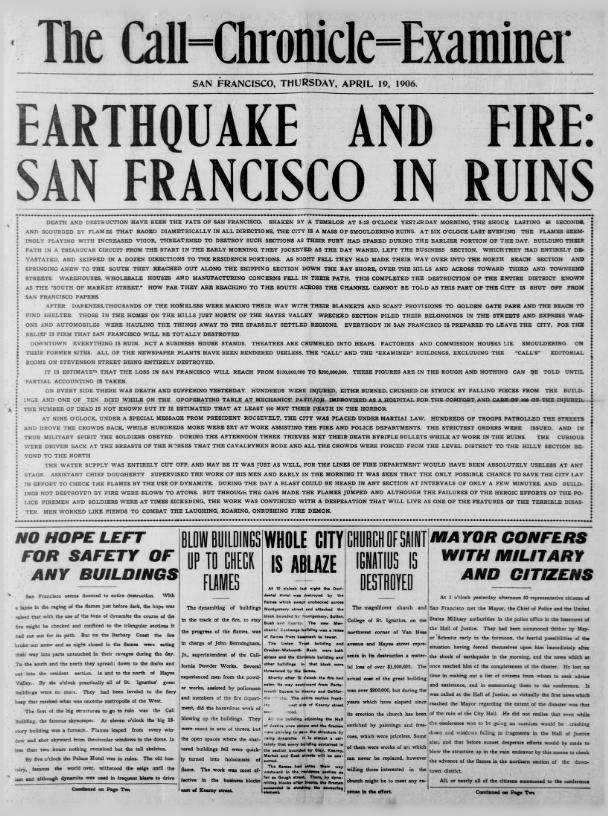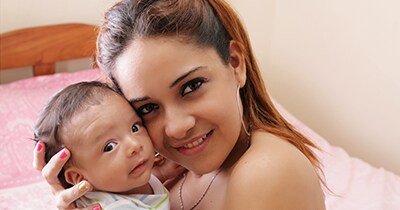
The number of African-born residents living in the United States (US) increased by more than 750 % between 1980 and 2009. HIV diagnosis rates in this population are six times higher than estimated incidence in the general US population.





CENTER OF IOWA AND THE IOWA DEPARTMENT OF HUMAN RIGHTS’ OFFICE ON THE STATUS OF WOMEN College Aid Commission 92.6% The percentage of women in Iowa age 25 and over who had at least a high college education in 2016. The percent of the foreign-born population in 2016 that were female Serving Our 12,226
While foreign-born women have always been less likely to have babies outside of marriage than U.S.-born women, the roughly 10-percentage-point gap in this measure in 2014 (42% vs. 33%) is the widest since data became available in 1984.
The Aid to the Foreign Born Department provides a variety of services to the foreign born in need of assistance due to language and cultural barriers. It is funded by grants and donations from the public.

Foreign-born health-care workers, regardless of gender, were more likely to be physicians and surgeons as well as nursing and home-care aids than their native-born colleagues. Women accounted for more than 70 percent of the foreign born in health-care occupations.
HIV/AIDS AMONG FOREIGN-BORN PEOPLE IN NEW YORK CITY, 2016 Female includes transgender women and m ale includes transgender men. concurrently with HIV and AIDS than the non-foreign-born. 2. CONCURRENT DIAGNOSIS. 1. OF HIV/AIDS BY REGION OF BIRTH, NYC 2016. 1.
Hispanic women in the United States (US) are disproportionately affected by human immunodeficiency virus (HIV) infection. There are very limited data on the sexual risk differences among US-born Hispanic women (USBHW) and foreign-born Hispanic women (FBHW).

Hispanic women in the United States (US) are disproportionately affected by human immunodeficiency virus (HIV) infection. There are very limited data on the sexual risk differences among US-born Hispanic women (USBHW) and foreign-born Hispanic women (FBHW).
This webinar has been cancelled due to the winter storm knocking out power. The purpose of this webinar is to enable participants to increase their knowledge of cultural competence and HIV managment among foreign-born women.
The CDC reported in 2010 that 16% of new U.S. HIV cases were in foreign-born individuals (who comprised 13% of the U.S. population) and that among people newly diagnosed with HIV between 2007 and 2010 in the U.S., a larger proportion of foreign-born than U.S.-born persons were women.
